Sewing is an essential skill that allows us to create and mend clothes, accessories, and home decor items. Whether you’re just starting out or looking to refresh your sewing knowledge, it’s important to understand the basic sewing stitches. These stitches form the foundation for any sewing project and can help you achieve strong and professional-looking seams.
1. Straight Stitch
The straight stitch is the most basic and commonly used stitch in sewing. It is typically used for sewing seams, securing hems, and attaching patches. To create a straight stitch, start by inserting the needle through the fabric from the bottom side, pull the thread through, and insert the needle back down into the fabric at an equal distance. Repeat this process in a continuous line, keeping the stitches even and consistent.
2. Backstitch
The backstitch is used to create a strong and secure seam. It is commonly used for sewing buttons, zippers, and hand-sewing repairs. To achieve a backstitch, start with a single straight stitch. Then, bring the needle back through the last stitch, creating a small backward stitch. Insert the needle slightly ahead of the previous stitch and repeat the process, combining backward and forward stitches. This creates a durable, locked stitch.
3. Running Stitch
The running stitch is a basic stitch used for gathering fabric or creating temporary seams. It is created by taking small, evenly spaced stitches on the fabric. The running stitch is ideal for basting and gathering fabric for ruffles or other decorative elements.
4. Zigzag Stitch
The zigzag stitch is commonly used for finishing fabric edges, preventing fraying, and sewing stretchy fabrics. It creates a zigzag pattern by moving the needle from side to side while sewing. This stitch provides more flexibility and prevents the fabric from unraveling.
5. Blind Hem Stitch
The blind hem stitch is used for creating nearly invisible hems on garments. It is commonly used in dressmaking and pant alterations. This stitch is achieved by creating small, almost invisible stitches on the garment’s edge, securing the hem while keeping it barely visible from the right side of the fabric.
As a beginner, mastering these basic sewing stitches will help you build a solid foundation in sewing. Practice these stitches on scrap fabric before moving on to your desired sewing projects. Remember to always use the appropriate needle, thread, and stitch length for your fabric to ensure the best results.
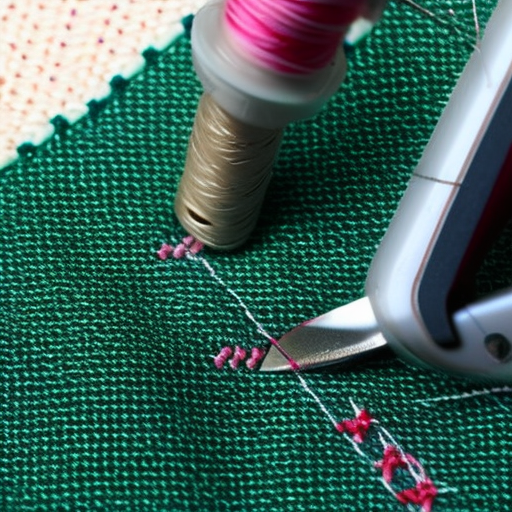
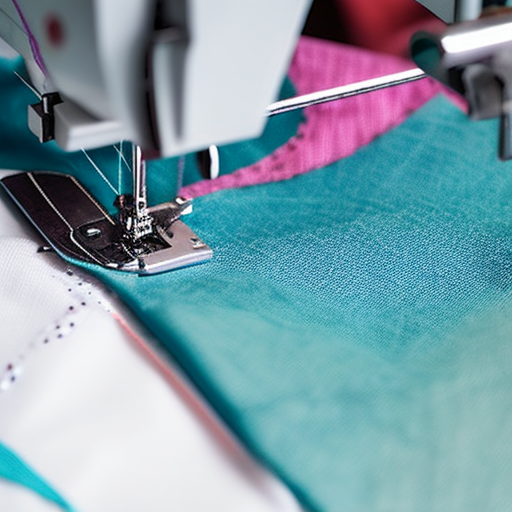
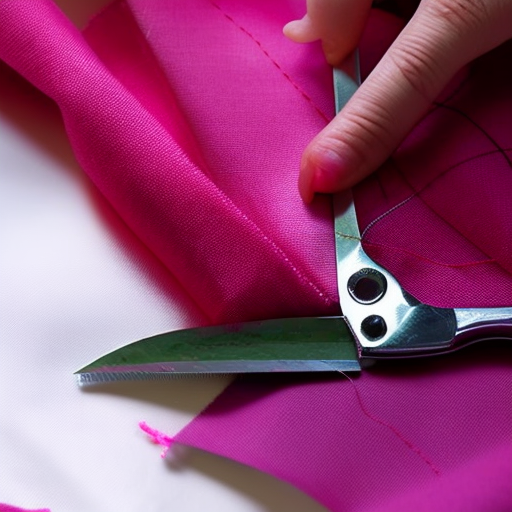
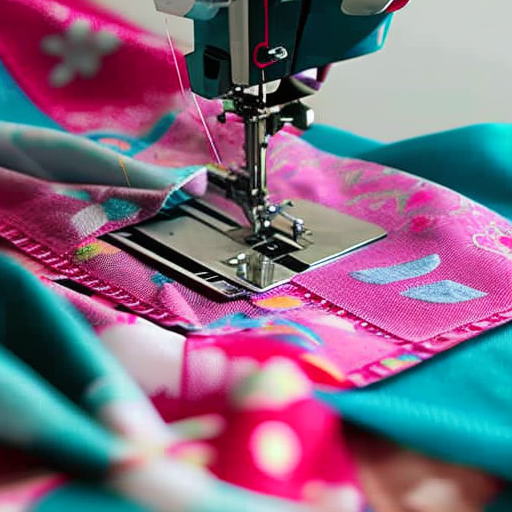
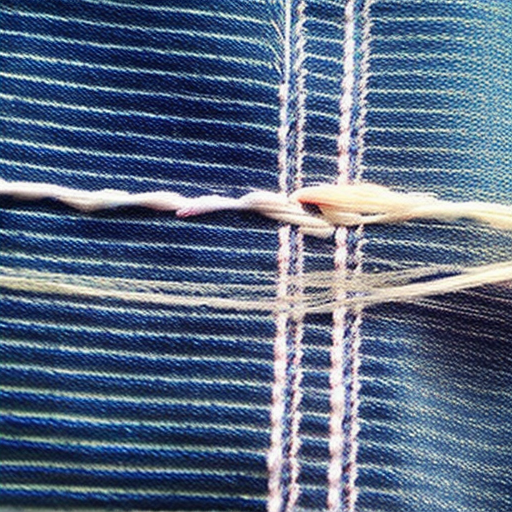
Great guide for beginners 🤗
Maggie Rosebud: Perfect for absolute beginners!
This is a super helpful guide for anyone interested in learning more about sewing- definitely a must-read for beginners!
This is exactly what I need for my DIY project! Thanks for sharing!
So helpful for beginner sewers! Interesting and easy-to-understand instructions 🙌